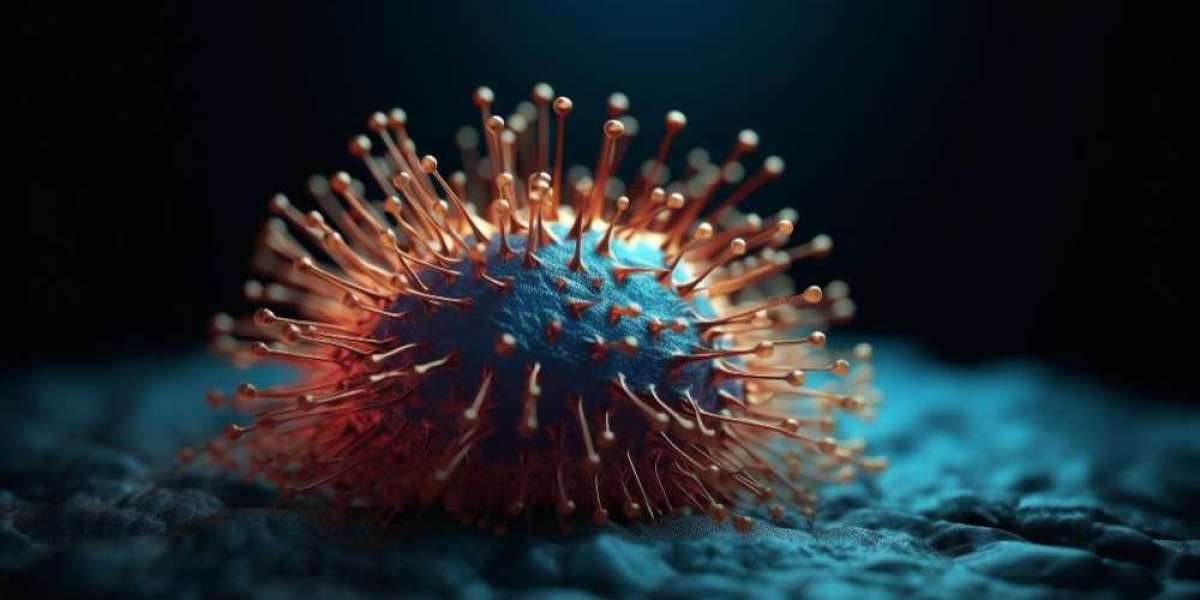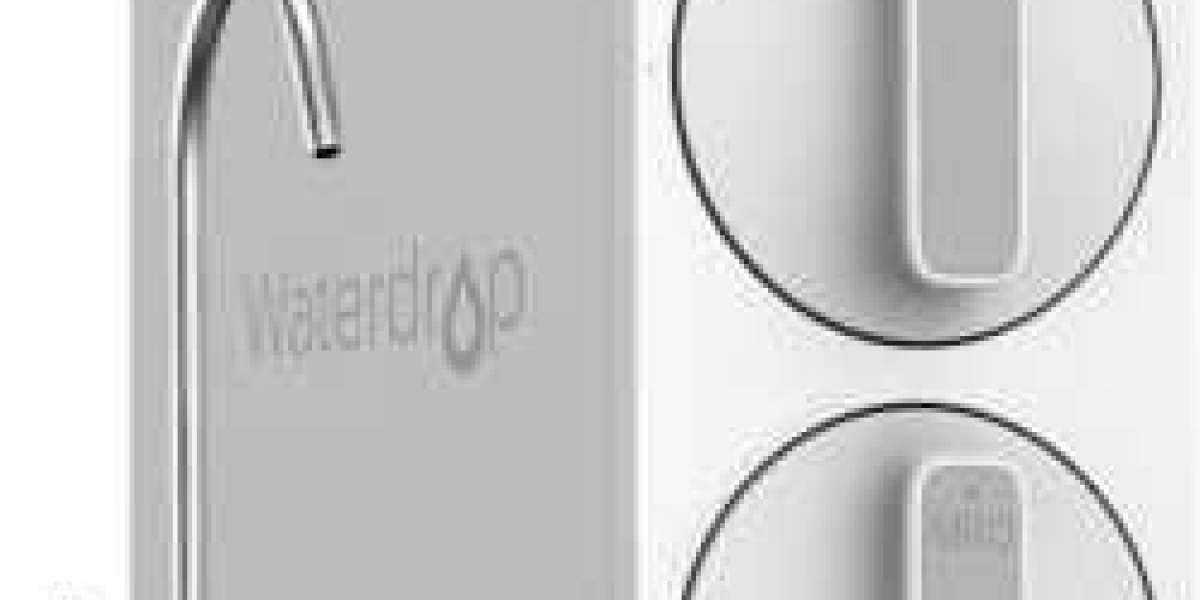Current Treatment Landscape: ZAVESCA (Miglustat)
ZAVESCA (miglustat) is currently one of the most recognized treatments for Niemann-Pick Disease Type C. It works as a substrate reduction therapy, inhibiting the enzyme glucosylceramide synthase, which is involved in the synthesis of glycosphingolipids that accumulate in NPC. ZAVESCA has shown benefits in stabilizing neurological symptoms and slowing disease progression in some patients, offering a lifeline in the absence of curative treatments.
However, ZAVESCA is not a universal solution, as its efficacy can vary among patients, and it is primarily focused on managing symptoms rather than addressing the underlying genetic causes of the disease. This underscores the need for more effective and targeted therapies within the NPC treatment market.
Advancements in the Pipeline for Niemann-Pick Disease Type C
The pipeline for Niemann-Pick Disease Type C is rapidly evolving, with several promising therapies under development. Pharmaceutical companies and research organizations are exploring diverse approaches, including gene therapies, enzyme replacement therapies, and small-molecule drugs, to target the root causes of NPC.
- Gene Therapy: Gene-editing technologies like CRISPR-Cas9 and AAV-based gene delivery systems are being investigated to correct the genetic mutations responsible for NPC. These therapies aim to provide a one-time treatment that addresses the underlying pathology of the disease.
- Enzyme Replacement Therapies: Therapies designed to supplement or replace deficient enzymes in NPC patients are also gaining traction. By targeting lipid metabolism, these treatments could reduce the toxic buildup of lipids in affected tissues.
- Small-Molecule Drugs: Researchers are developing next-generation small molecules that target specific pathways involved in cholesterol and lipid transport, offering hope for more effective symptom management and disease modification.
The Niemann-Pick Disease Type C Treatment Market
The Niemann-Pick Disease Type C treatment market is projected to grow as new therapies emerge and awareness of the condition increases. The rarity of NPC has historically limited research and investment, but recent advancements in rare disease drug development have sparked renewed interest. Companies like Cyclo Therapeutics, IntraBio, and Orphazyme are leading efforts to bring novel therapies to market.
Additionally, patient advocacy groups and regulatory incentives, such as orphan drug designations and fast-track approvals, are playing a pivotal role in accelerating the development and availability of NPC treatments.
Challenges and Future Outlook
Despite the progress, challenges remain in developing therapies for NPC. The rarity of the disease complicates clinical trials, as patient recruitment can be difficult. Furthermore, the complex pathophysiology of NPC requires multifaceted approaches to treatment.
Looking ahead, advancements in precision medicine and collaborative research are expected to overcome these hurdles. With an expanding pipeline for Niemann-Pick Disease Type C therapies, there is hope for a future where effective treatments—and potentially a cure—are within reach.
Conclusion
The road to progress for Niemann-Pick Disease Type C treatment is paved with innovative therapies and collaborative efforts among researchers, pharmaceutical companies, and patient advocacy groups. While ZAVESCA (miglustat) remains a cornerstone of treatment, emerging therapies promise to expand the Niemann-Pick Disease Type C treatment market and improve the lives of patients and families affected by this challenging condition.


